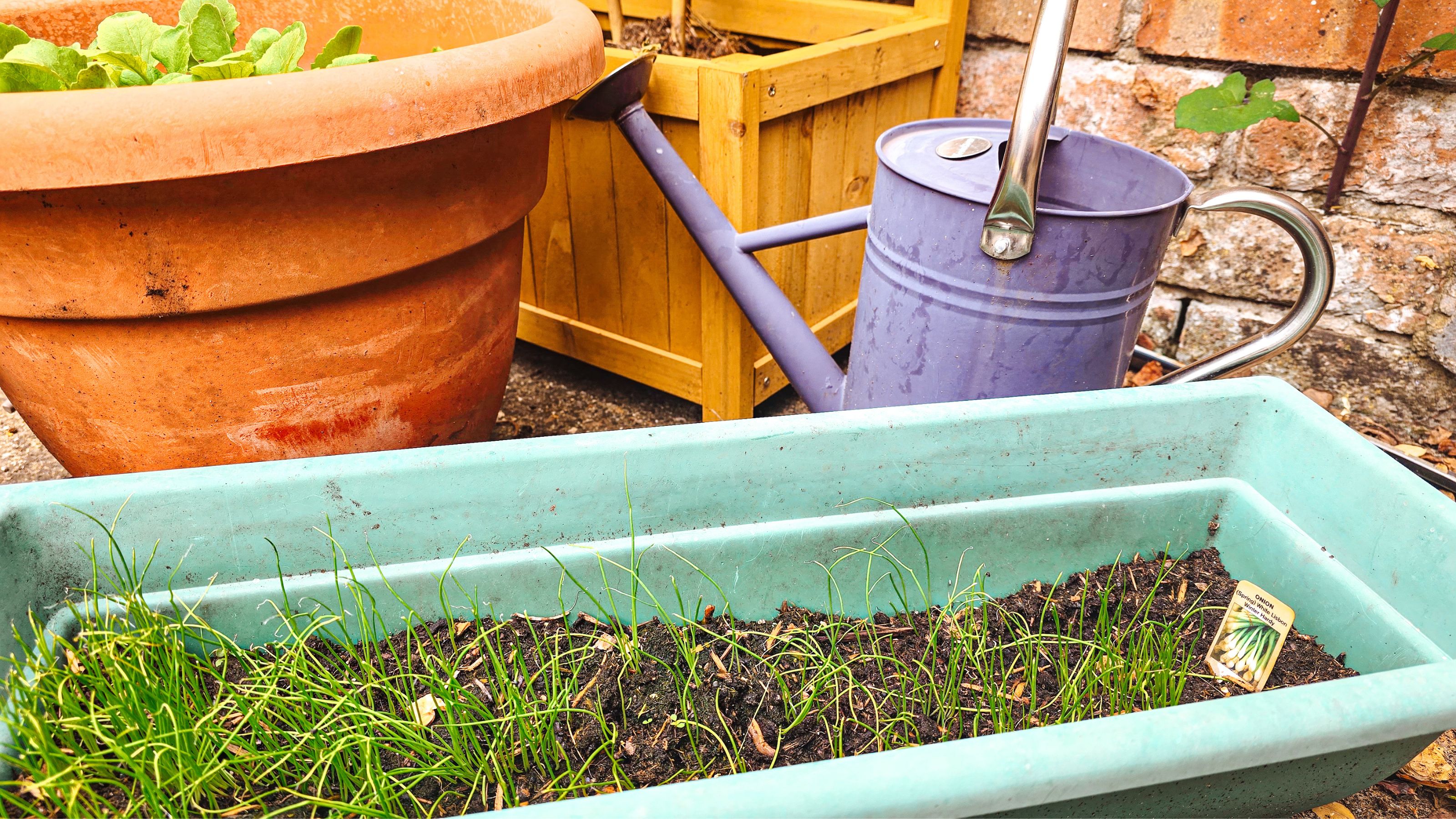
When I spotted little black dots on top of my spring onions, my heart sank. What if they'd grown something awful? But then, I peered closely at them and quickly realized I had aphids on my vegetable crops.
Instead of panicking, I researched effective methods for removing aphids from my backyard and quickly found that it was a low-effort task for my small infestation. I shelved my squeamishness, rolled up my sleeves, and got to work spritzing dish soap, wiping them away with kitchen towel, and re-potting my springy plants.
If you've learned how to identify pests and have found you too have aphids, I've got you covered with everything I learned, as well as tips from gardening pros.
5 ways to get rid of a vegetable crop aphid infestation
When growing vegetables in my small backyard, I was surprised to find aphids making themselves at home. I hadn't heard of them before and went about doing my homework.
“Aphids (Aphidoidea) are small parasitic insects of different colors that may be wingless or winged,” explains Anastasia Borisevich, plant expert at Plantum.
“These pests feed on the juice of young shoots and secrete a sugary liquid known as honeydew,” she adds.
Anastasia explains they can spread plant viruses, cause galls, and attract ants thanks to the honeydew.
“They are likely the culprits responsible for your plants getting stunted and shriveled, turning yellow, and curling their leaves,” she says.
If this all sounds familiar to you, this advice will come in useful. Where the pros and I have suggested and used particular products, I have rounded up highly-rated picks from trusted retailers to help you start tackling your problem.
The prices below were correct at the time of publishing this article.
1. Spritz on a mix of dish soap and water
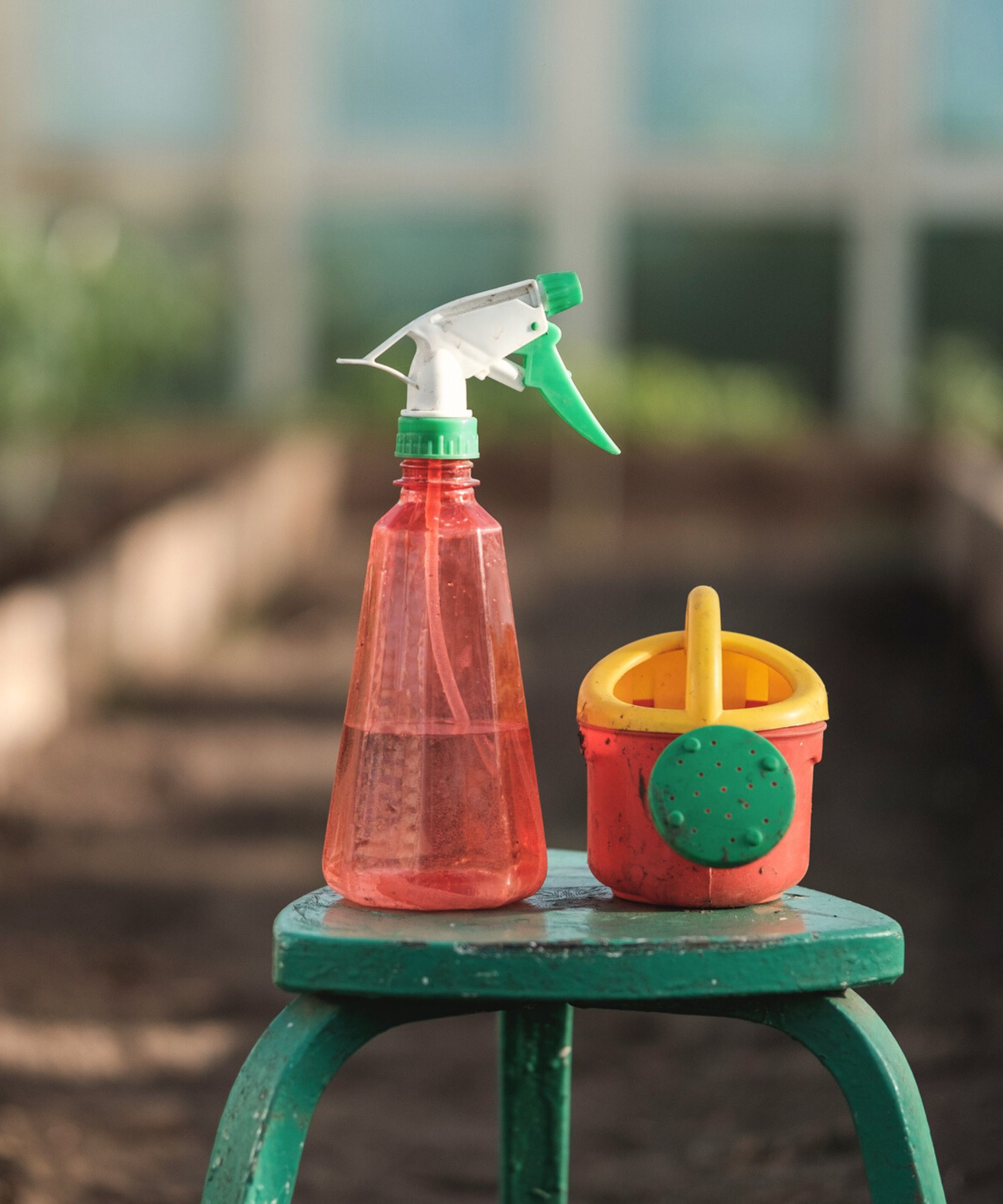
Mixing together dish soap and water was the method that I used to wave goodbye to aphids in my backyard, which I could do as my infestation was thankfully small.
“Deal with aphids by washing them off the plant with a massive flow of water, before treating the plant with aphids with a soapy water spray,” Anastasia suggests. “Take a soft cloth dipped in a detergent, shampoo, or soap solution, then gently pinch the aphids off."
I did this with just plain kitchen towel, but you could use a microfiber cloth, such as the Great Value Microfiber Cleaning Towels from Walmart which are bestsellers and are washable.
From here, simply repeat the procedure several times until all pests disappear. I did this over the course of a couple of days and eventually got rid of aphids on my vegetable crops.
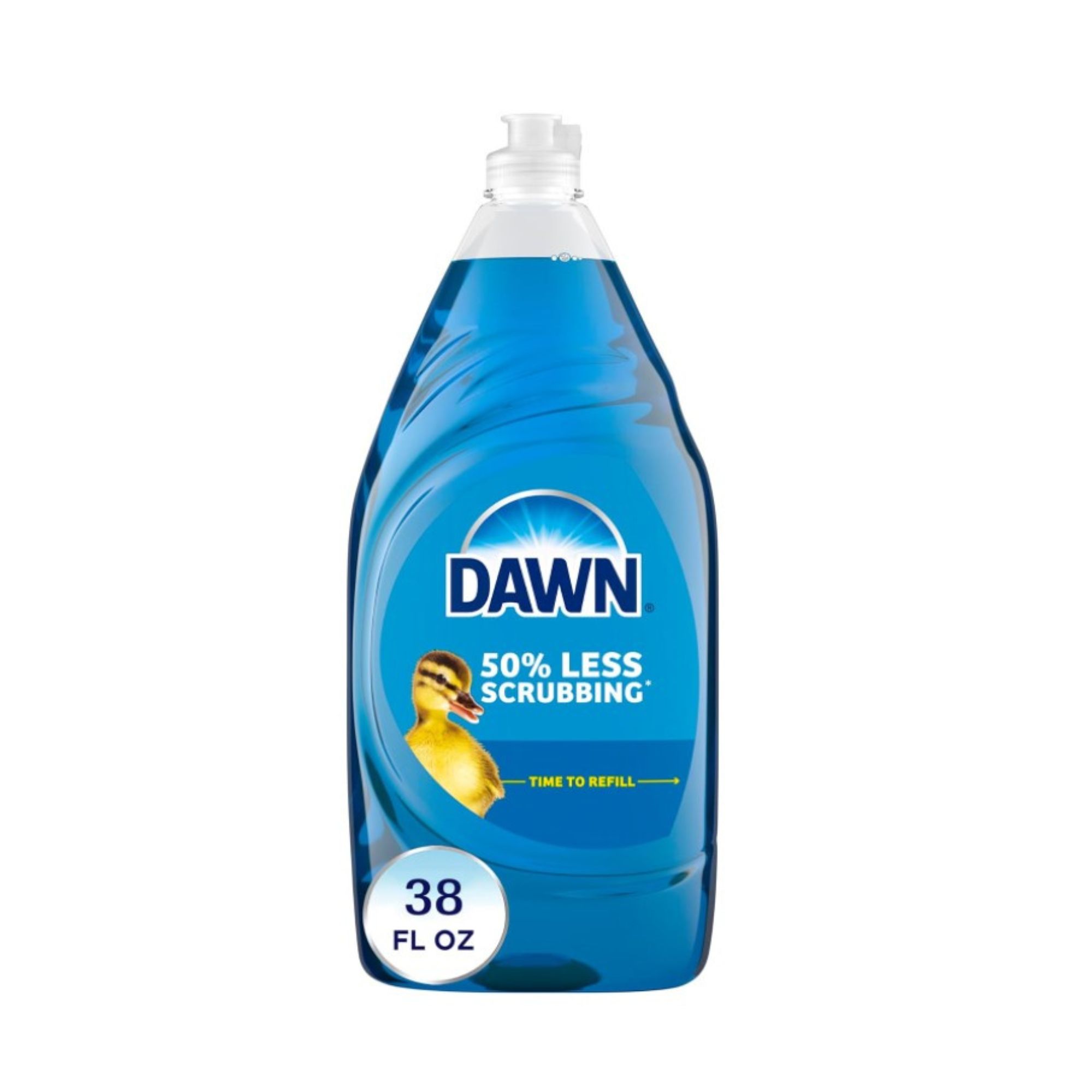
Size: 38 oz.
Form: Gel
Price: $5.55
You likely already have dish soap in your home — but this is one of the cleaning products from Amazon the pros swear by. As well as using it to control pests, you can also use it to degrease dishes, to pre-treat laundry stains, and as an all-purpose spray when mixed in with water. The best part about Dawn is you can use it on most surfaces without worry.
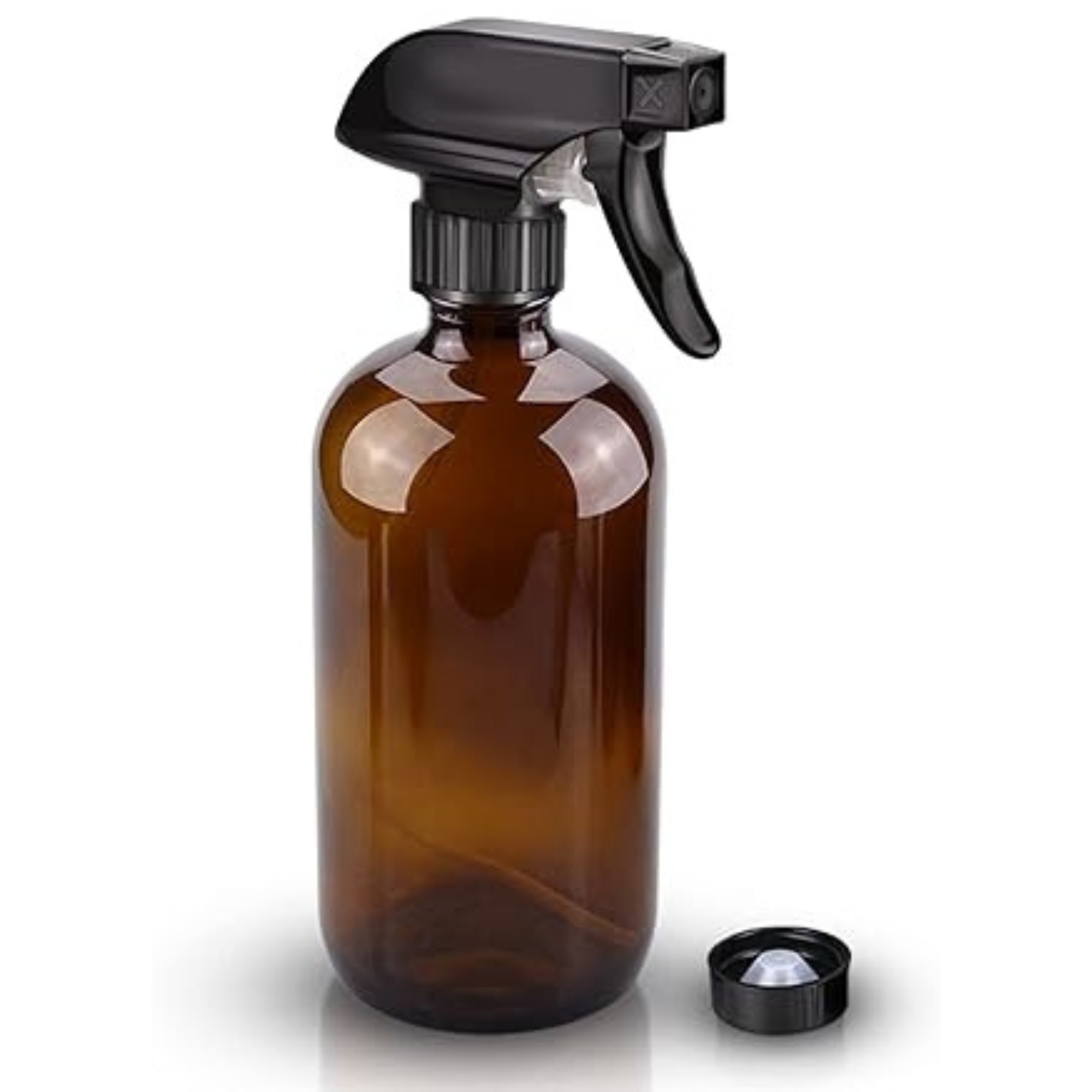
Size: 16 oz.
Made from: Glass
Price: $7.99
I used a spare plastic bottle I had in my home to create my aphid killing pest spray, but a glass bottle like this is much more environmentally friendly, durable, and reusable. The dark brown color of it cleverly prevents UV degradation, so you can keep it outside for whenever you spot any aphids on your vegetables.
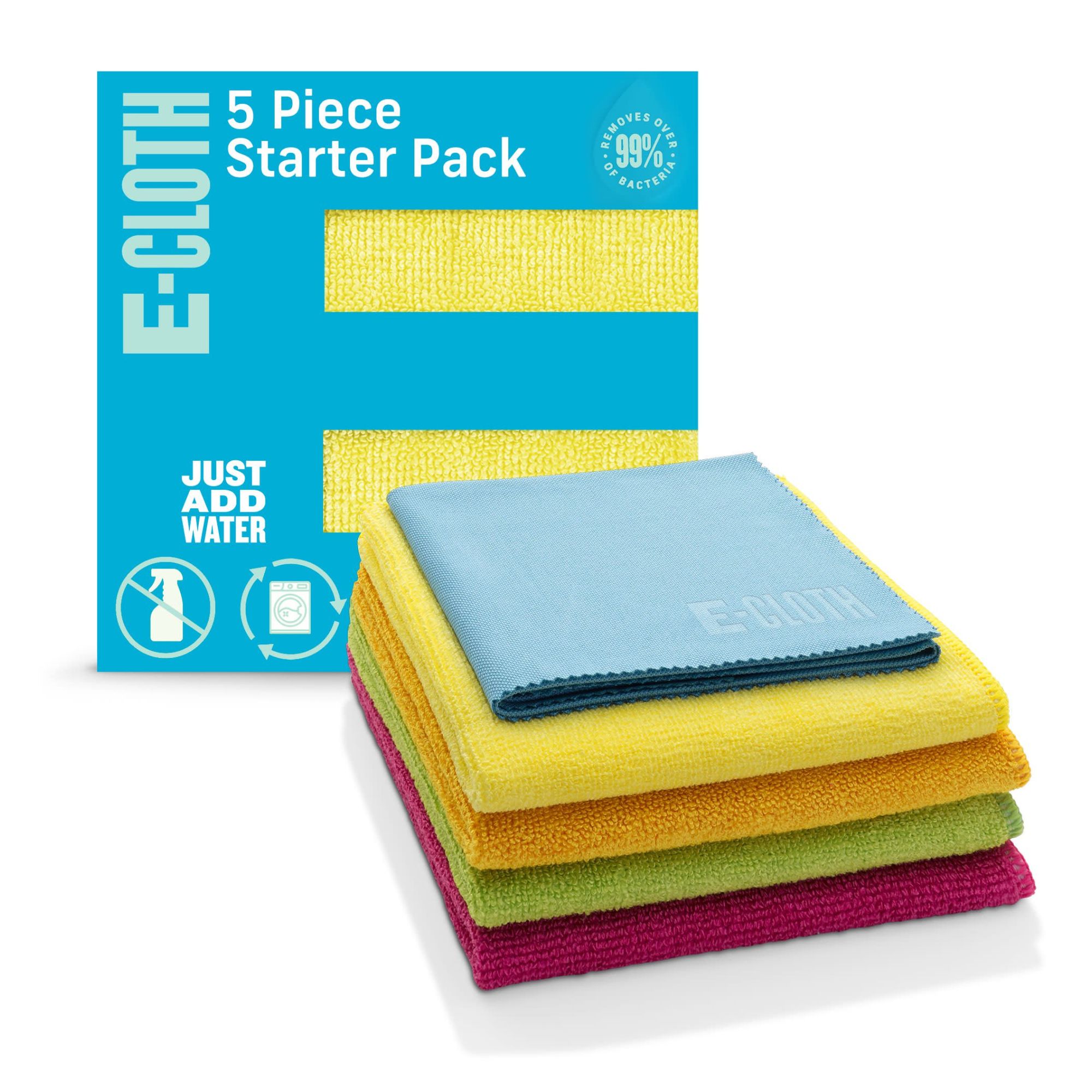
Size (in.): W16 x L20
Made from: Polyester, polyamide
Price: $20.21 for 5pcs
Having high-quality microfiber cloths in your cleaning caddy is a smart idea, as they can be used around the house and are better eco-friendly cleaning supplies than kitchen towel. This pack comes with four normal cloths and one specifically for glass, which is useful if you're cleaning your windows after watering your crops. Plus, they can be washed up to 300 times.
2. Replace the soil and replant
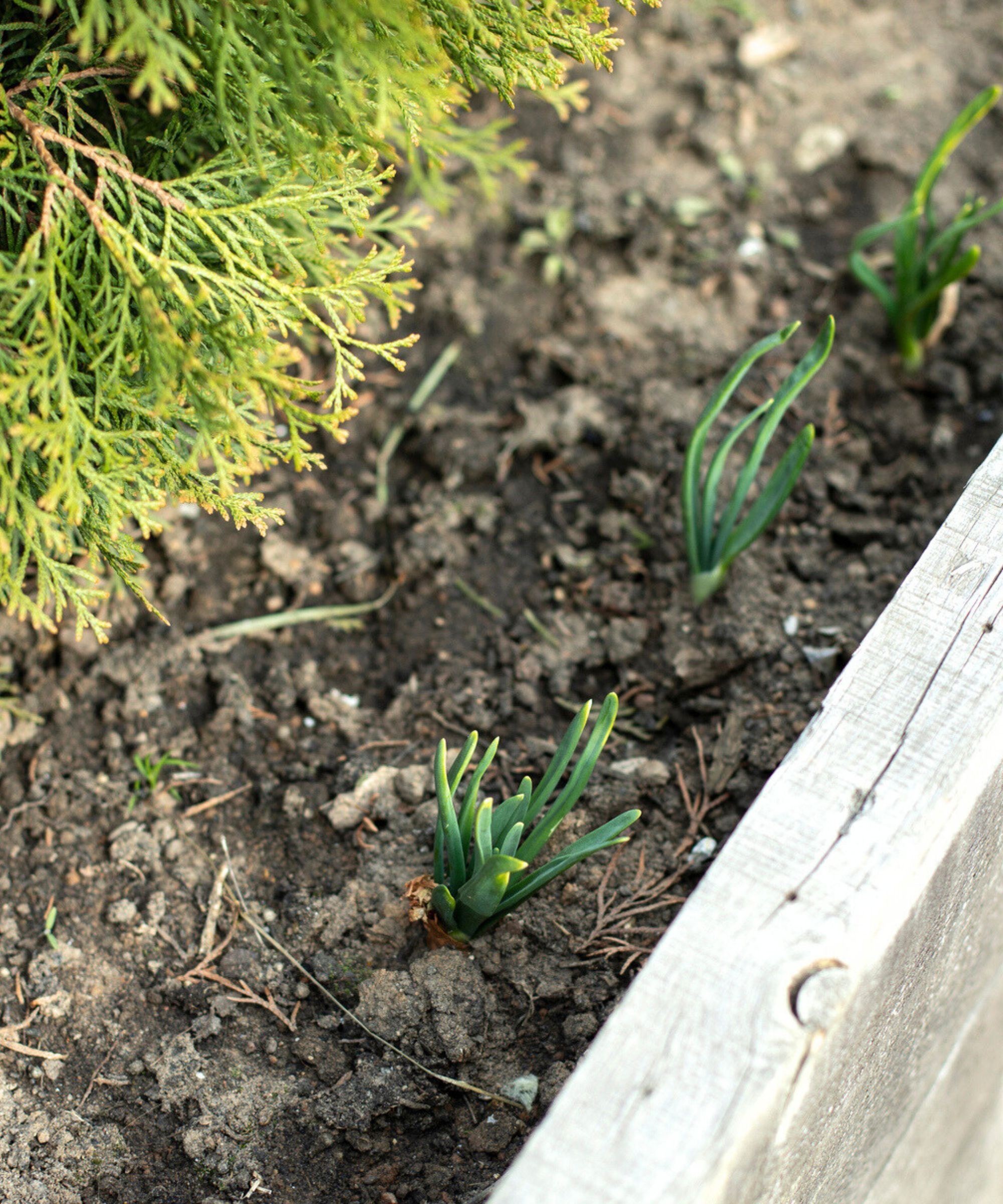
I used the first method to initially remove aphids, but after speaking with the pros, I’ve now switched up the soil in my spring onion plants.
“Aphid larvae live both on the surface of the plant and in the soil, so replanting and soil replacement is key,” says Anastasia. “Wash the roots with a weak solution of potassium permanganate, then wash the flower pot with soap and treat it with copper sulfate."
I don’t have any potassium permanganate, but I’ve now ordered Potassium Permanganate Crystal Reagent Grade from Amazon, after reading shopper reviews saying it’s great quality and is ultra-versatile.
3. Invite in ladybugs
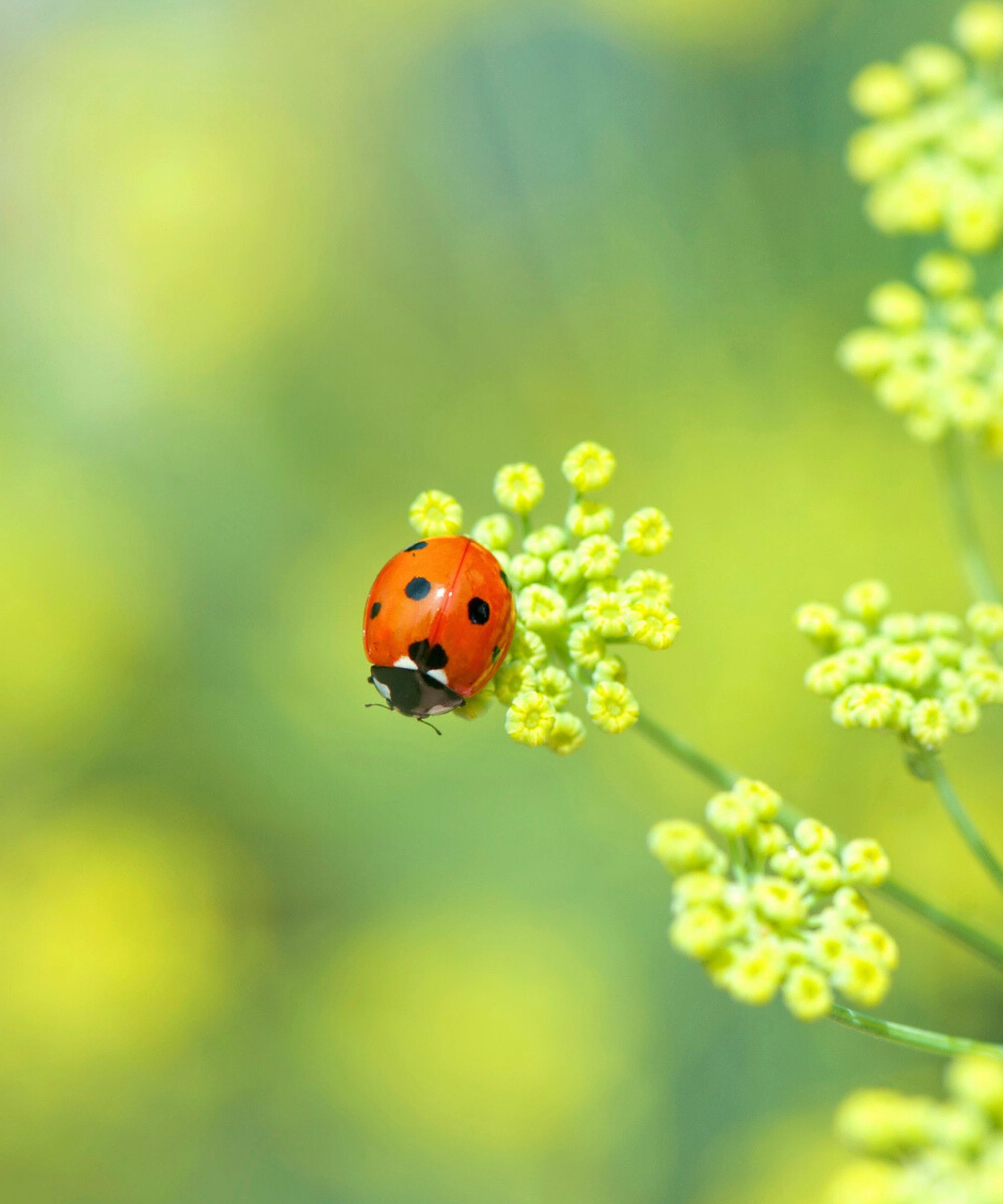
When fighting off pest infestations, you can also consider natural options that are safe for the environment, rather than just getting rid of aphids quickly as I did.
Anastasia explains, “You could also purchase ladybugs or construct shelters like a ladybug house to fight off aphids.”
She says the seven-spotted ladybug (Coccinella septempunctata L.) is commonly used for pest control, but there are other predatory species you can use as well.
“An average ladybug larva eats 70 aphids a day, consuming about a thousand before it becomes an adult insect,” Anastasia adds. You can order ladybugs online.
I also love the idea of bringing an insect hotel into the backyard to facilitate this. You can either build this yourself with twigs, bricks, and logs or grab one pre-built such as the Lulu Home Wooden Insect House from Amazon that’s made of premium materials and is waterproof.
4. Maintain your backyard properly
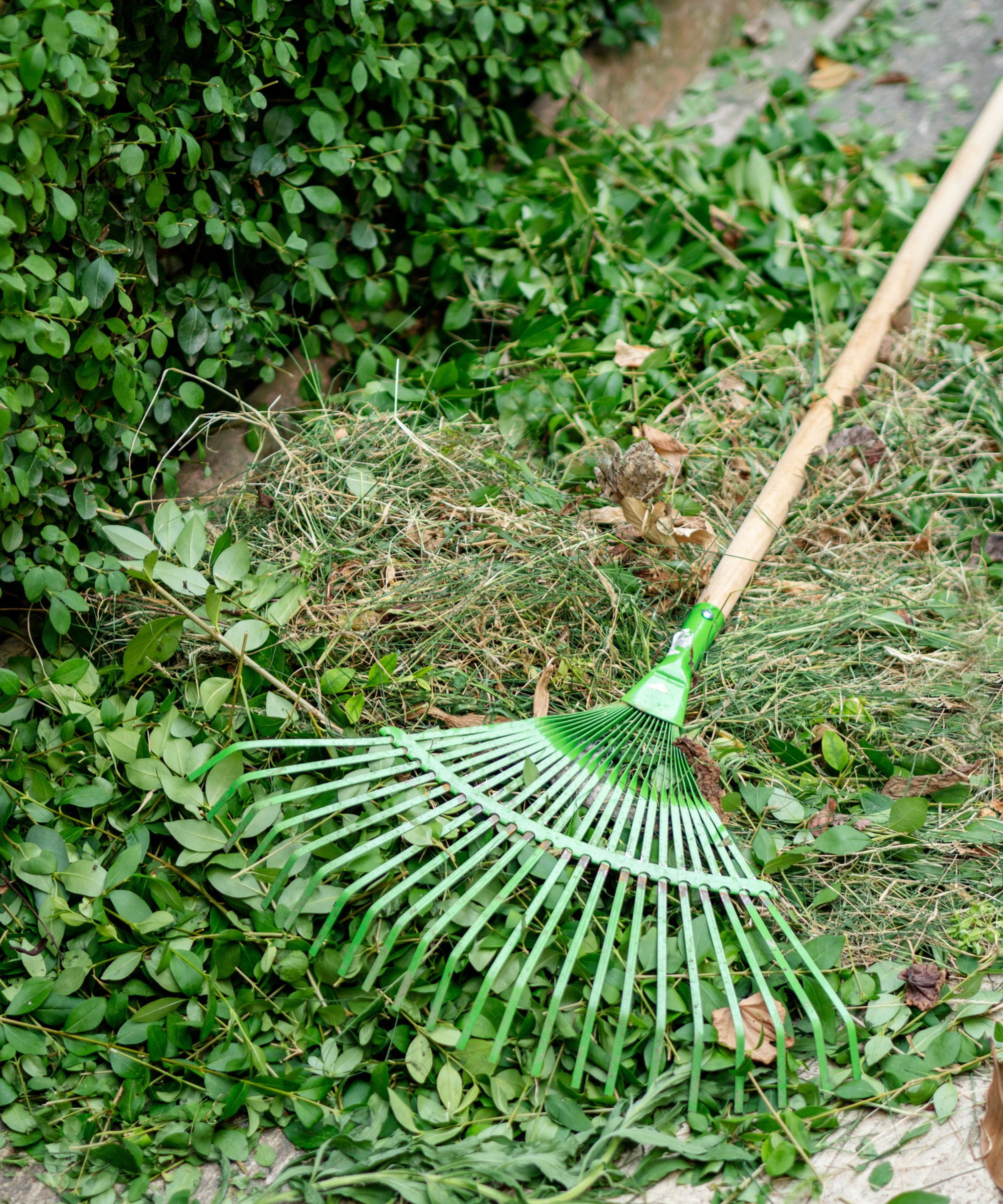
Whether you’ve added vegetable gardens as small backyard ideas like I have or are dealing with a bigger space, good outdoor maintenance is important for getting rid of aphids.
“Ensure you have good garden hygiene like clearing weeds and debris where aphids can hide,” explains Sal Musto, gardening and landscaping expert at SalCorp.
He also suggests fertilizing your plants to keep them healthy, as stressed plants are more susceptible to infestation.
One of my favorite gardening brands is Miracle-Gro, and the Miracle-Gro Shake 'N Feed All Purpose Plant Food from Amazon will help your crops grow bigger and healthier.
5. Remove and treat the leaves
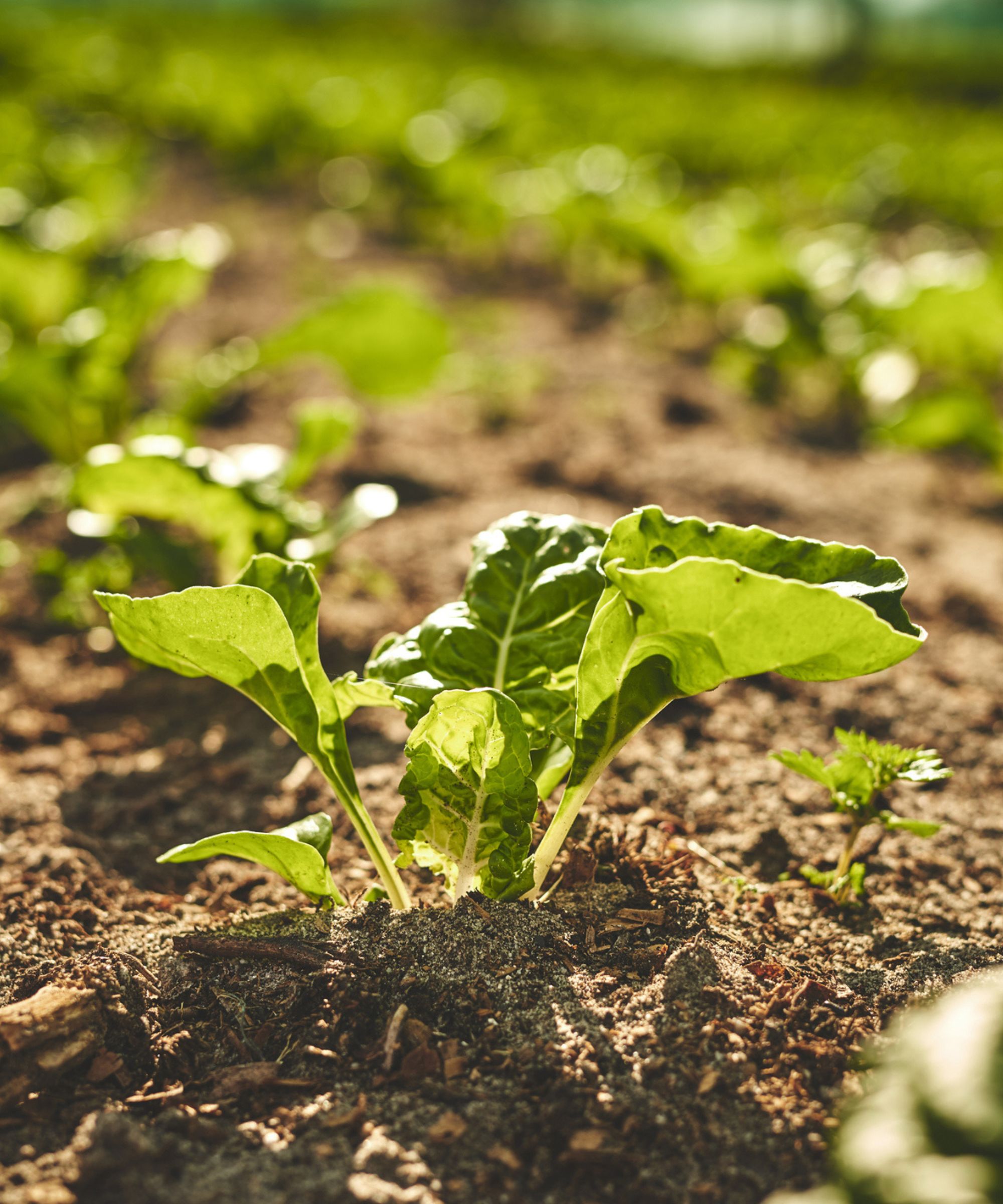
“If your leaves get deformed and sticky or covered with a white coating, it’s a sign of a severe aphid infestation,” Anastasia says.
In this case, make sure to remove the affected leaves and destroy them by burning them. Anastasia also recommends in this case spraying the plant with insecticides, like the Natria Insecticidal Soap Insect Killer from Amazon that can be used on fruit and vegetables.
I’m grateful that my aphid vegetable garden infestation hasn’t got to this point, but if it does, I’ll update this article and let you know.
To prevent the aphids from coming back, Sal says to continue to monitor your plants and treat any flare-ups quickly.
“The key is to break the reproduction cycle of the aphids before populations explode. With diligent management, you can get rid of aphids and enjoy an aphid-free backyard,” he finishes by saying.
If aphids aren’t the only pests bugging you in your backyard, learning how to repel ticks will help you lounge outside worry-free.







